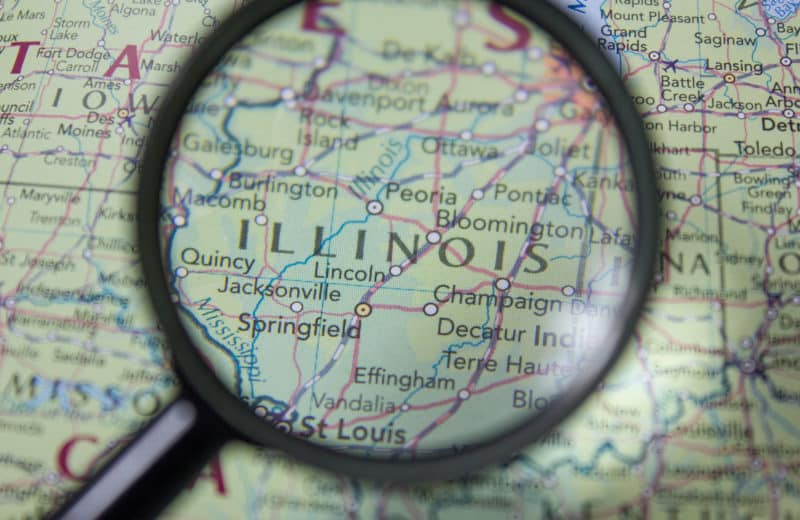Who do you picture when you think of a typical heart disease patient? Most people think of an older, overweight male. While that is true, this group is far from being the only one affected. There’s another demographic whose risk is just as high: women.
Heart disease is the number one killer of women in America, accounting for about 1 in 4 female deaths according to data from the Centers for Disease Control and Prevention. Heart disease is also the leading cause of death among men, yet women are more likely to receive a later diagnosis—or no diagnosis at all—and their cardiovascular disease mortality rate is higher.
Unlike in men, heart disease in women tends to be silent or hidden, often leaving few of the telltale signs that help physicians diagnose the problem.
Changing the paradigm
“Men created our definition of heart disease,” says Shoeb Sitafalwalla, MD, a cardiologist with the Advocate Heart Institute at Lutheran General Hospital. “All of the studies determining the classical symptoms of heart disease were based off of observations and studies in men, but women were having heart attacks at the same time.”
Evidence of heart disease can be traced back some 3,500 years to the ancient Egyptians. Yet, only recently have researchers begun to understand how it shows up in women. Risks, symptoms and outcomes differ along gender lines.
“What’s unique is how women feel heart disease,” Sitafalwalla says. “It doesn’t always fit our basic paradigm of what heart disease should look like; however, more recent studies are taking a second look at this.” Men usually have classic symptoms of heart attacks: major blockages in the arteries, intense chest pain, pain in the left arm. Some women experience these telltale signs, but many have symptoms that are more subtle, yet just as dangerous.
“In about half of heart attacks in women the typical male symptoms are not present,” says Erica Engelstein, MD, a cardiologist with Presence Resurrection Medical Center. Instead of sharp, crushing chest pain, women may feel a more general chest discomfort. Sometimes, they may feel no chest-related symptoms at all; instead, they may experience unexplained uneasiness, fatigue, nausea, shortness of breath or jaw or back pain. Women often ignore these subtle signs, Engelstein says, “leading to a later diagnosis or no diagnosis at all until something really bad happens.”
Diagnostic difficulties
Vague symptoms are not the only problem for women. Many times, angiograms and stress tests fail to show blockages in women, even when they’re reaching critical levels.
In women with hidden heart disease, plaque buildup can be diffuse, affecting smaller arteries and with less obvious blockages. In diffuse coronary artery disease, those blockages are often much smaller and can be more difficult to treat, says Sitafalwalla.
About half of all heart attacks occur with smaller blockages in which less than 70 percent of the artery is blocked, Sitafalwalla says. These conditions can “exist silently until they suddenly rupture into a heart attack,” he adds.
New diagnostic tools can help women, Sitafalwalla says. Genetic testing, blood testing and risk profiling are becoming more sophisticated techniques, delving past the traditional symptoms that “often underestimate the risk of heart disease in women.”
The heart of the matter
Because of women’s propensity for silent symptoms, it’s crucial for them to be aware of risk factors that lead to heart disease and to inform their physician about any family history of the disease.
Women tend to show signs of heart disease at an age roughly eight to 10 years older than men, Sitafalwalla says. Part of this is due to the cardioprotective properties of estrogen, which plummets with menopause. By the time women are post-menopausal, Sitafalwalla adds, they have a risk that’s equal to—or sometimes exceeds—that of men.
“We need to raise awareness of heart disease in women and make it a real concern,” Engelstein says. The problem, she adds, is that not enough women believe it’s a real threat to them, or they worry more about other diseases like breast or cervical cancer, which have much lower diagnosis and mortality rates. The stereotype of an older, overweight male with heart disease can create a false sense of security for women.
Women who are diabetic, have high blood pressure or have high cholesterol are all at an increased risk of heart disease, so it’s crucial to screen for these risk factors every one to three years. In addition, women need to eat a heart-protective diet, exercise and refrain from smoking. Most important is an open dialogue with a trusted physician and a visit with a heart specialist if risk factors are present.
“There’s no reason why one has to wait to have a heart attack,” Sitafalwalla says. “Be assertive and make sure that you know all of the simple risk factors that can be easily managed and identified early, not only for your sake but for the people that you support.”
Concerned about your heart? The Advocate Heart Institute offers $49 coronary calcium screenings at Advocate hospitals around the Chicago area. Go to AdvocateHealth.com/heartscan for more information or to schedule an appointment.












